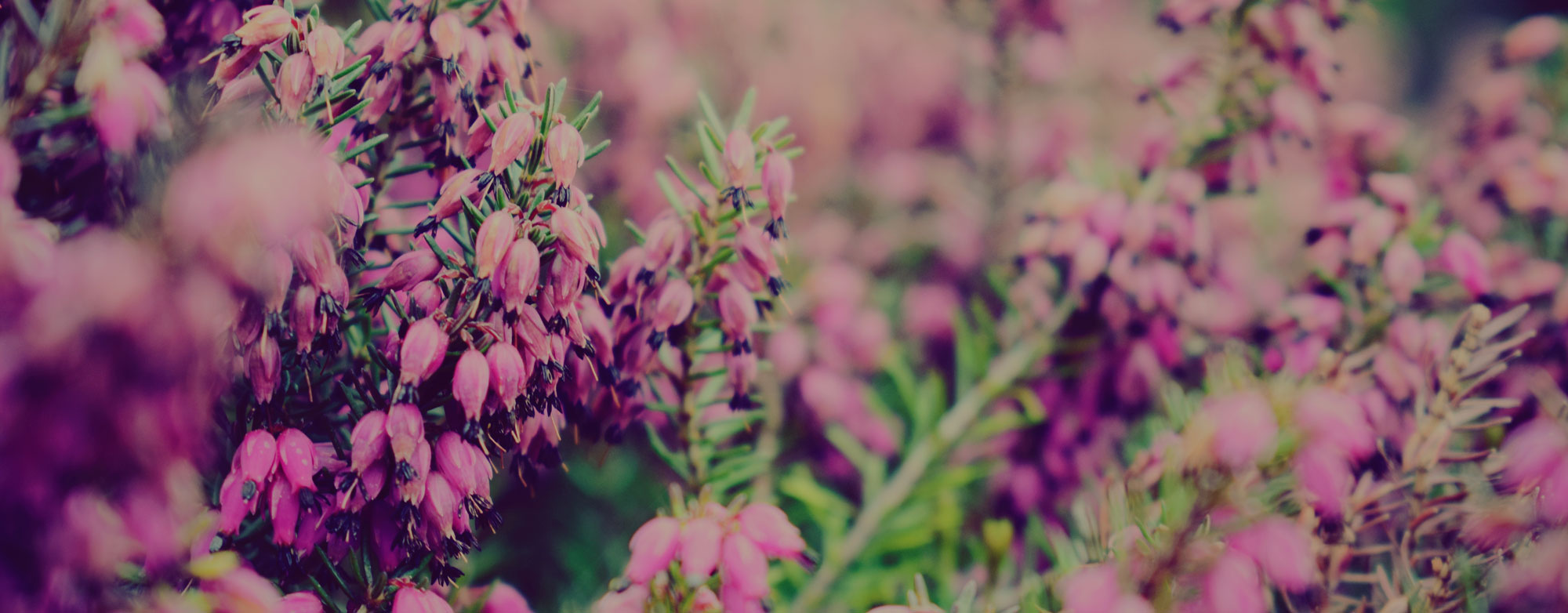
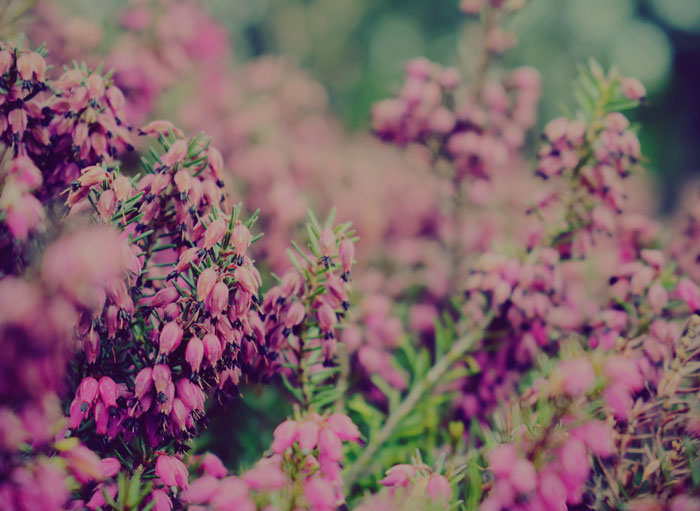


They come in all shapes, sizes, flavours. They can be found in almost every corner of the world. Some have been used for thousands of years to cure ailments. Some were even key to ancient civilisations and used in elaborate ceremonies. Without them gin wouldn’t be gin. We are of course speaking about botanicals. Without juniper would gin be gin? No. Thanks to Mother Nature, the range of botanicals available and opportunity to innovate is almost endless when you consider potential flavour combinations. We wanted to learn a bit more about some of the key botanicals (yes juniper should be first on the list!) that Scottish Gin makers and brands consider to be one if not ‘the’ botanical that they feel makes their Scottish Gin shine. In this latest episode of Beautiful Botanicals, we talk Apothecary Rose with The Old Curiosity Distillery, Isle of Skye Sea Salt with John Crabbie & Co., Scottish Berries with Square Peg Spirits Company, Lemon Thyme with Lussa Drinks Company and Brussel Sprouts with Pickering’s Gin!
Apothecary Rose Gin, Apothecary Rose
It seems almost impossible that something as beautiful and delicate as a rose could have played such an important role in shaping many cultures and even at one point a symbol of war. Used throughout the ages for medicinal purposes and decorative and cosmetic purposes, the Apothecary Rose was used in Greek and Roman ceremonies and celebrations as a symbol of beauty and fertility. In the 13th century, many monasteries across Europe considered the Apothecary Rose as a sacred plant that was used to treat various ailments.
In the 15th century the Red Rose became a symbol for The House of Lancaster and the White Rose of York became the symbol for The House of York. These two branches of the Royal House fought a civil war in England for control of the throne of England. Over 32 plus years, the conflict became known as the War of the Roses.
It wasn’t until the 19th century that the Apothecary Rose gained its name. Sometimes referred to as the Provins Rose, it was grown in the small French town of Provins. The rose was a popular sight in Provins and was used to decorate the entrance ways and windows of the many Apothecaries that could be found around the cobbled streets of the town. Thanks in part to its use to decorate the Apothecaries and the fact it was used in many ointments, perfumes and remedies, it became known as the Apothecary Rose.
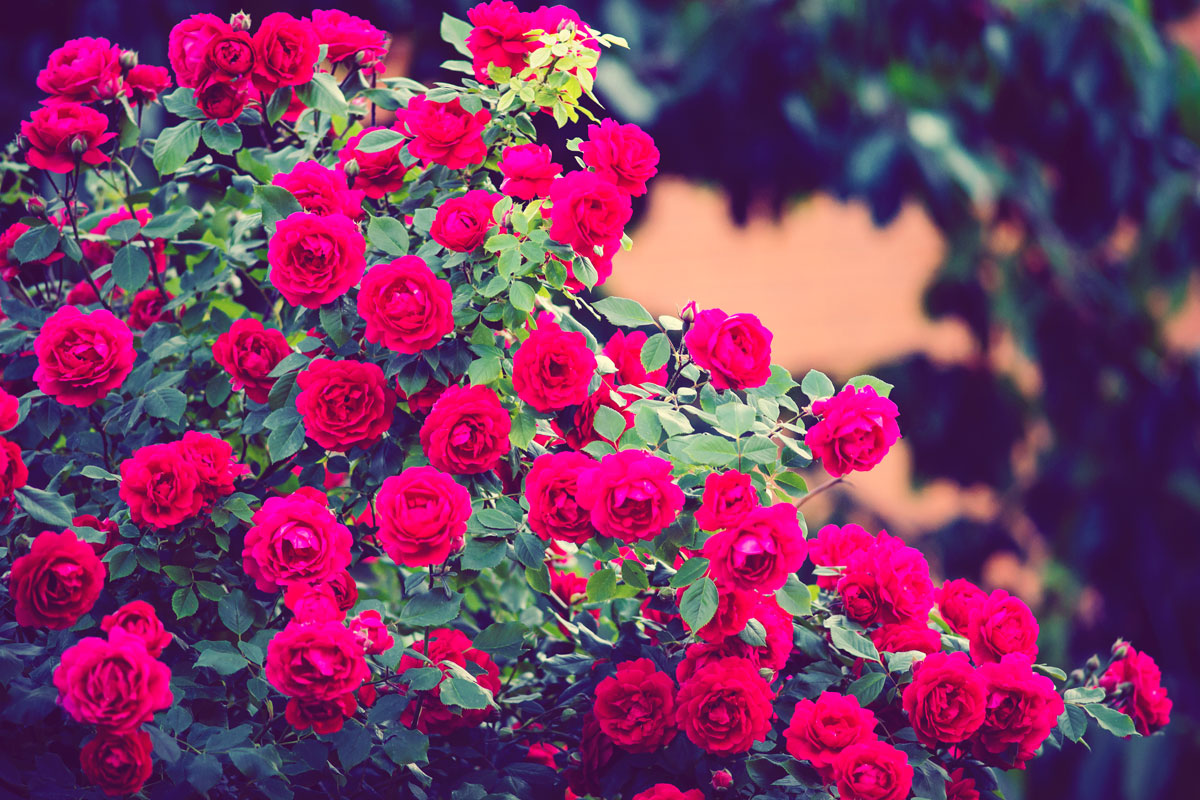
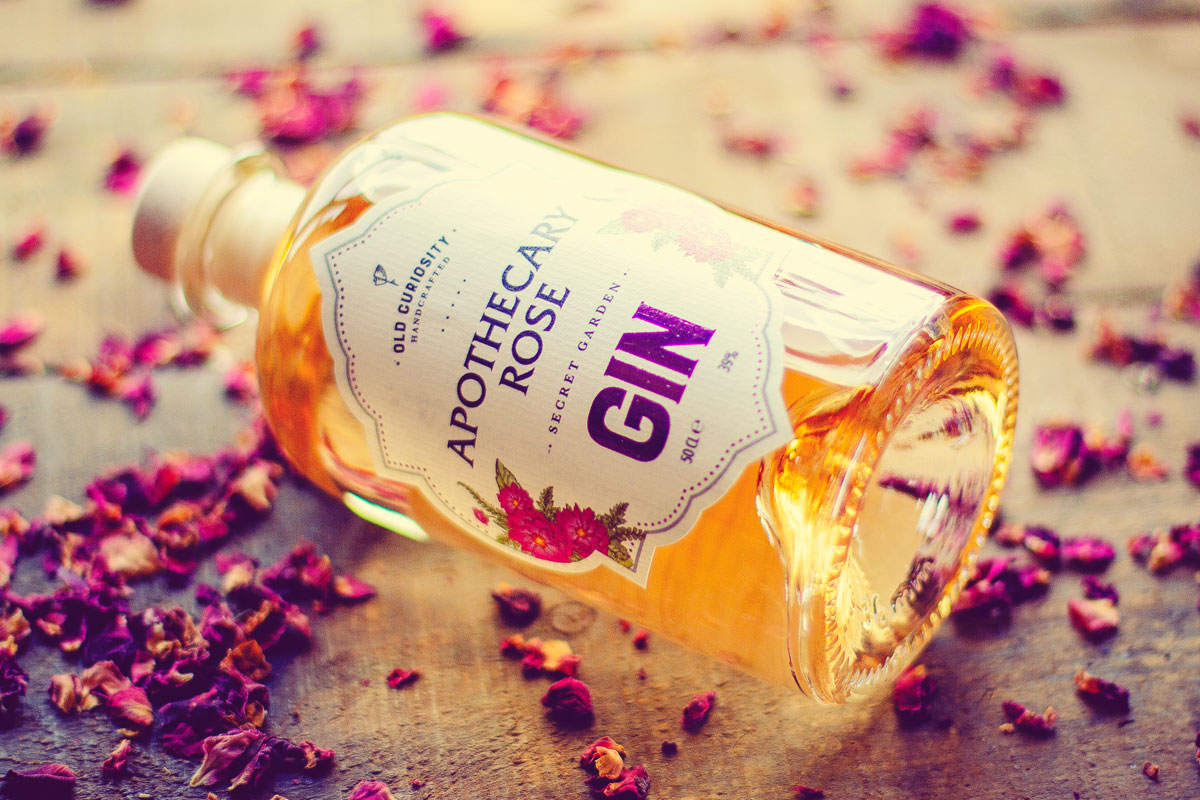
“We are a herb/botanical nursery where we grow over 600 different varieties of botanicals and to choose one botanical is easy – it has to be the Apothecary Rose. We are the largest growers of this rose in the UK and it is the only Rose that is used in herbal medicine – we grew this rose not to make gin but for herbal teas and suppling herbalists with the best quality Scottish Rose petals. It wasn’t until I was playing with the roses on a little 3 litre still that I discovered how they change colour and how to distil the fresh petals to capture the true essence of the plant – this Rose Gin I made was purely for home consumption and it wasn’t until the Midlothian Planning Department tried to stop us from holding weddings that we had to diversify and my wife said “you know that rose gin you make… I think you will have to make a business with it”! We had no money but we managed to get some initial investors and we converted the barn to an Atex rated distillery and started making the gin in October 2017. So to be honest, we owe everything to the Apothecary Rose: our garden, our business and our gin.
“It is the oldest Rose known to man, in fact there was a young female body found in southern Europe that was carbon dated to be 4000 years old and she was holding the Apothecary Rose – a rose so sacred and central to so many people and so many cultures that it is central to many religions. We dedicate a whole garden to the cultivation and care of this Rose – it is a walking meditation where you walk around the garden filled with the roses and every path you take always comes back to the centre, the beginning. From the air, the garden is designed to look like a fully opened rose.”
Hamish Martin, The Old Curiosity Distillery
You can learn more about The Old Curiosity Distillery here.
Isle of Skye Sea Salt, Crabbie’s 1837 Gin
The mention of sea salt can be traced as far back as mid-5th century BC to a Buddhist scripture with mentions of salt dating back to around 2700 BC with the earliest recorded written use of salt originating from its medicinal use in China.
Extracted from seawater using a drying process to extract the crystals that make up the sea salt, sea salt has played a role in many cultures and civilisations. It was used in Egyptian ceremonies and proved a valuable commodity that was traded. Traditionally sae salt was used as a means for preserving food. Often fish and meat that were prone to going off quickly were salted and stored in barrels that could be used to feed sailors on their long journeys at sea. A lack of fresh meat means the salt cured food was still edible, often up to two years and more after being preserved.
The history of salt touches our lives with the word salary derived from the word salt. Roman Soldiers were given salt rations, known as “salarium argentum”. Modern day sea salt is used as seasoning in food but can be found in some cosmetics.
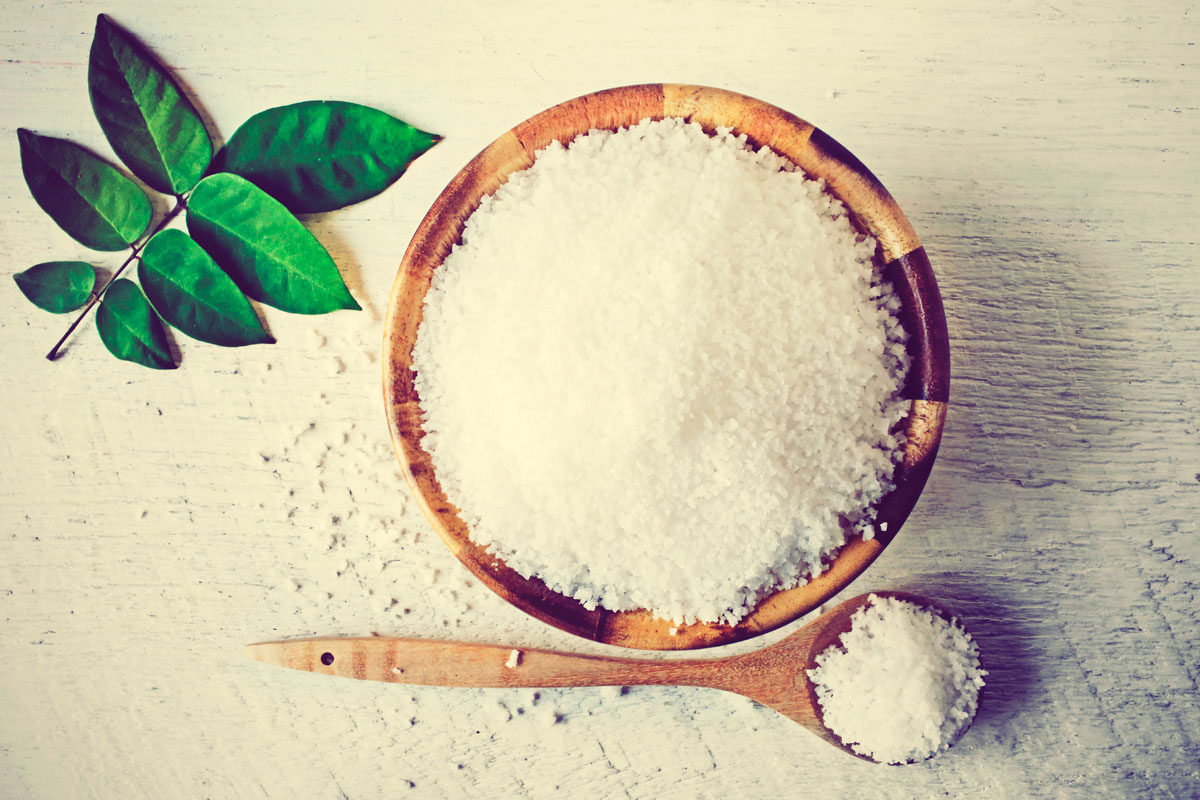
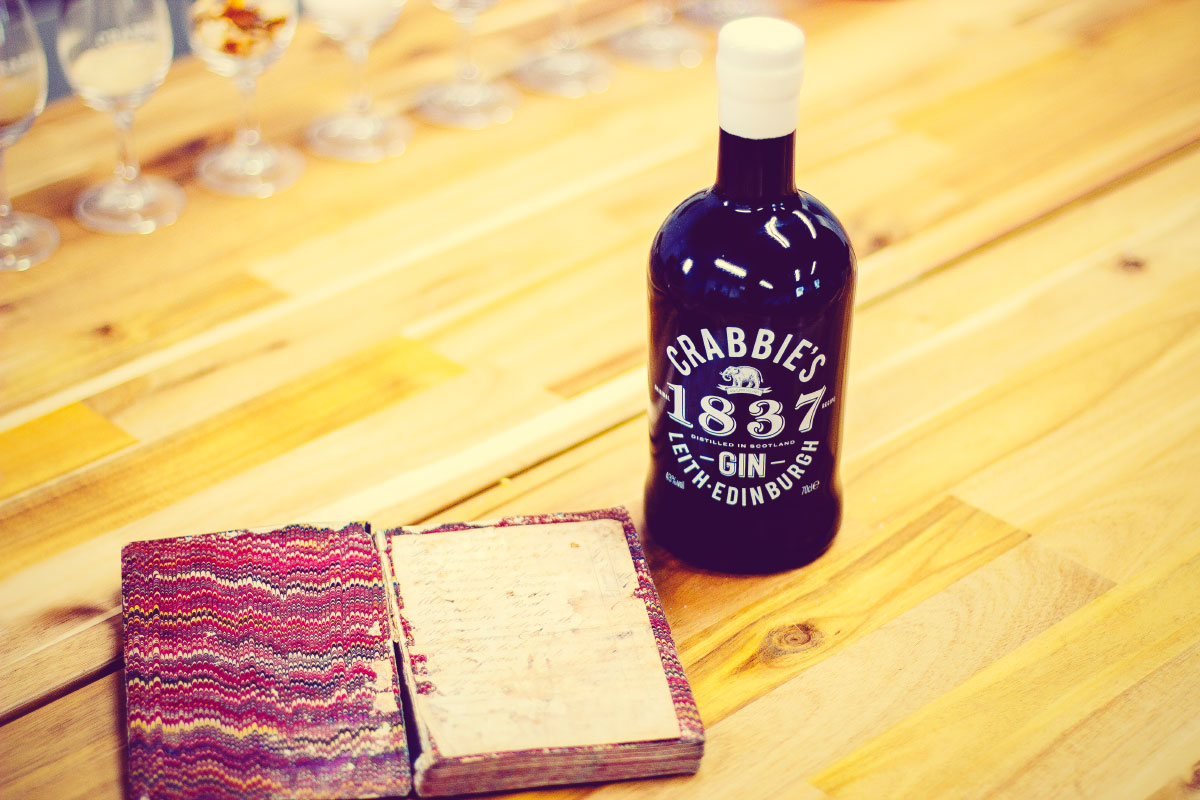
“Every gin in our range is inspired by John Crabbie’s original recipes, written in the mid-18th century. His recipes, which detail some unusual botanicals, prove that not only was John Crabbie a pioneer at the time, but that innovation in making gin is something that is not as recent a phenomenon as many would believe. All his gin recipes called for the addition of sea salt. Faced with such interesting recipes, our team of distillers went about to test John Crabbie’s thesis. It was concluded that the salt smooths out the mouthfeel of the gin and balances out the flavour profile, compared to distillates with no salt, and was preferred by our team due the greater depth of flavour the salt provides. We have sourced salt from the award winning Isle of Skye sea salt company to use in our 1837 Gin; working with a small producer has allowed us to source salt of unparalleled purity and support a fantastic small Scottish business.”
Lachlan Arthur, John Crabbie & Co.
You can learn more about John Crabbie & Co. here.
Scottish Berries, Square Peg Pink Gin
For some in the UK, their fondest childhood memories are those of lost hours foraging for wild berries either in the countryside or at a fruit growing farm. We’d hazard a guess most of the fruit picked never made it home as the temptation to eat it as soon as it was picked proved too much. At first glance blackberries and raspberries are very similar in appearance however, when picked the raspberry leaves the stem of the plant whereas part of the plants stem comes away with the blackberries when picked.
Often referred to as brambles, blackberries have featured predominantly over the centuries in wines, cordials and other drinks. Thanks to their sugar content, blackberries are relatively easy to ferment, which results in the production in alcohol. Many cutlers have used blackberries and the plants they come from to cure ailments. Native Americans used part of the plant, including the leaves and branches, to create elixirs that would be used to help various mouth aliments like bleeding gums.
Raspberries are another fruit that’s recorded in historical archives with archaeological evidence showing that Paleolithic cave dwellers enjoyed the humble raspberry as a means of nourishment. Although the berry is the part of the plant we know best today, the leaves were once highly prized for their use in medicine. Uses for raspberries have varied over the centuries from jams and other preserves to use as a pigment for painting.
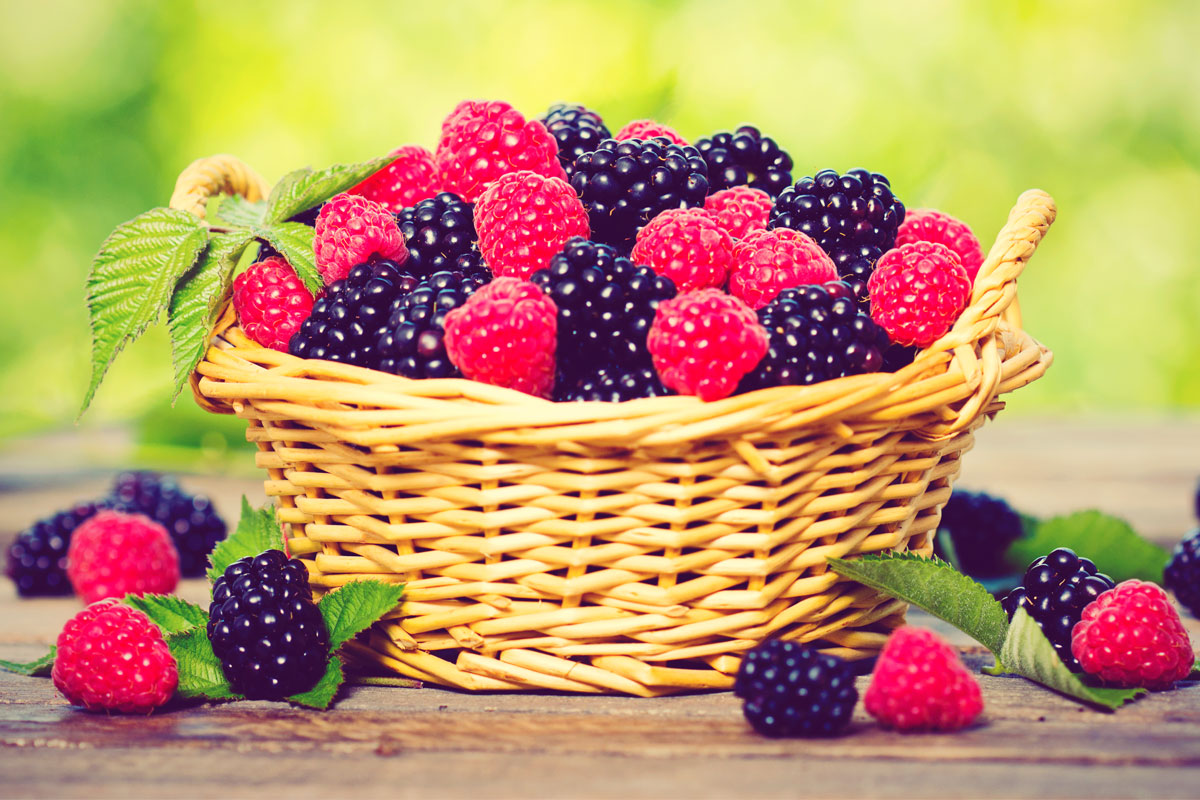

“Scotland is known as a lush, fertile land, and has one of the richest natural larders in the world – perfect for producing berries.
“When we created our Square Peg Pink Gin, we wanted to utilise the best of what Scotland could offer, and that included using crystal clear water from Loch Katrine and the best berries (to give our flavour and pink colour). Using these two elements keeps our gin as Scottish as can be, and stays true to our philosophy of sourcing local (where we can), being natural and being open and transparent.
“Square Peg Pink Gin is completely natural, so all of the sweetness and colour come from the berries themselves. There is no added sugars or sweeteners or colourants, so what you see is what you get. The unique production process really allows the quality and freshness of the berries to shine through and compliment the great London Dry Gin, which is our base.”
Sam Peacock, Square Peg Spirits Company
You can learn more about Square Peg Spirits Company here.
Lemon Thyme, Lussa Gin
Originating from dry and arid climates, Lemon Thyme was only identified as recently as 1811. A friend to bees and butterflies, this nectar producing ever green plant has leaves that’s produce a lemon citrus fragrance and of course herbal notes of thyme. Lemon Thyme is most commonly used as a herb in cooking. Its popularity is thanks in part to the fact there’s no bitterness normally associated with thyme, instead the plants provide soft, fresh herbal and citrus notes.
Over the years Lemon Thyme has also been used to treat a variety of respiratory conditions. Rich in compounds and vitamins, including Vitamin C and Vitamin A. The plant is also rich in calcium and potassium, both minerals that have proven health benefits.
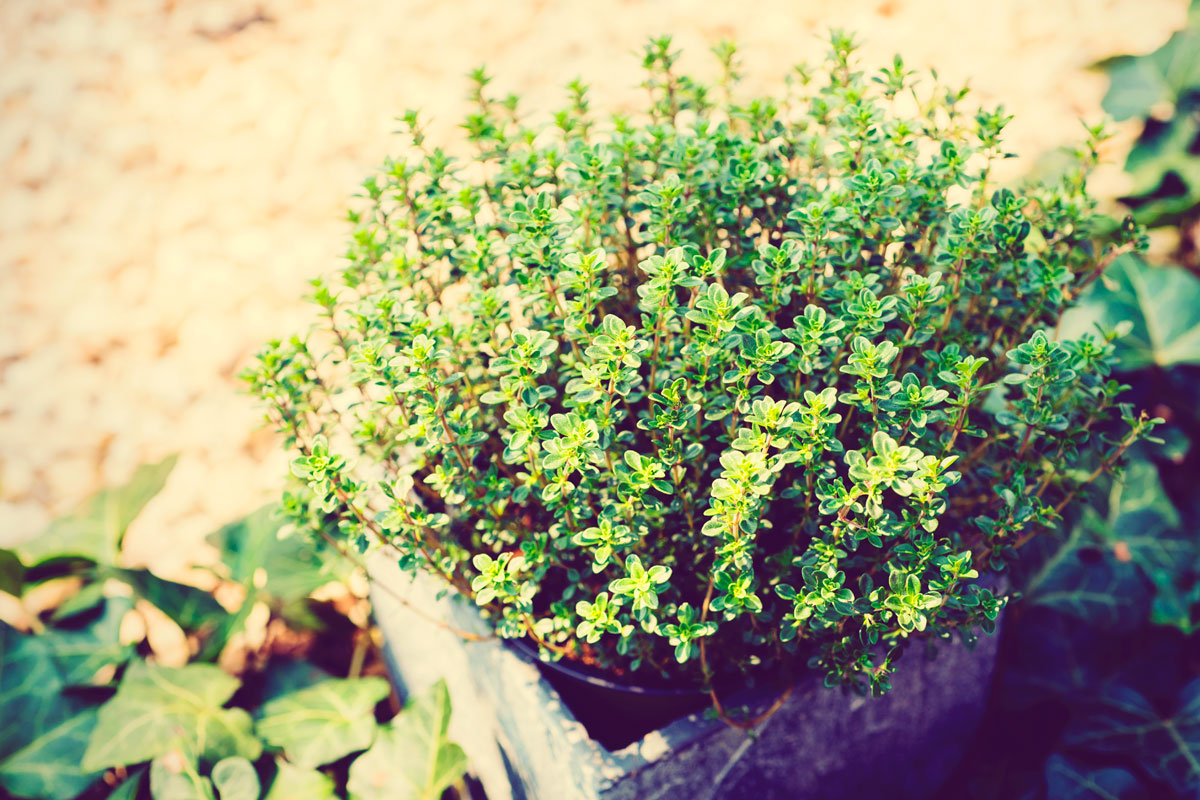
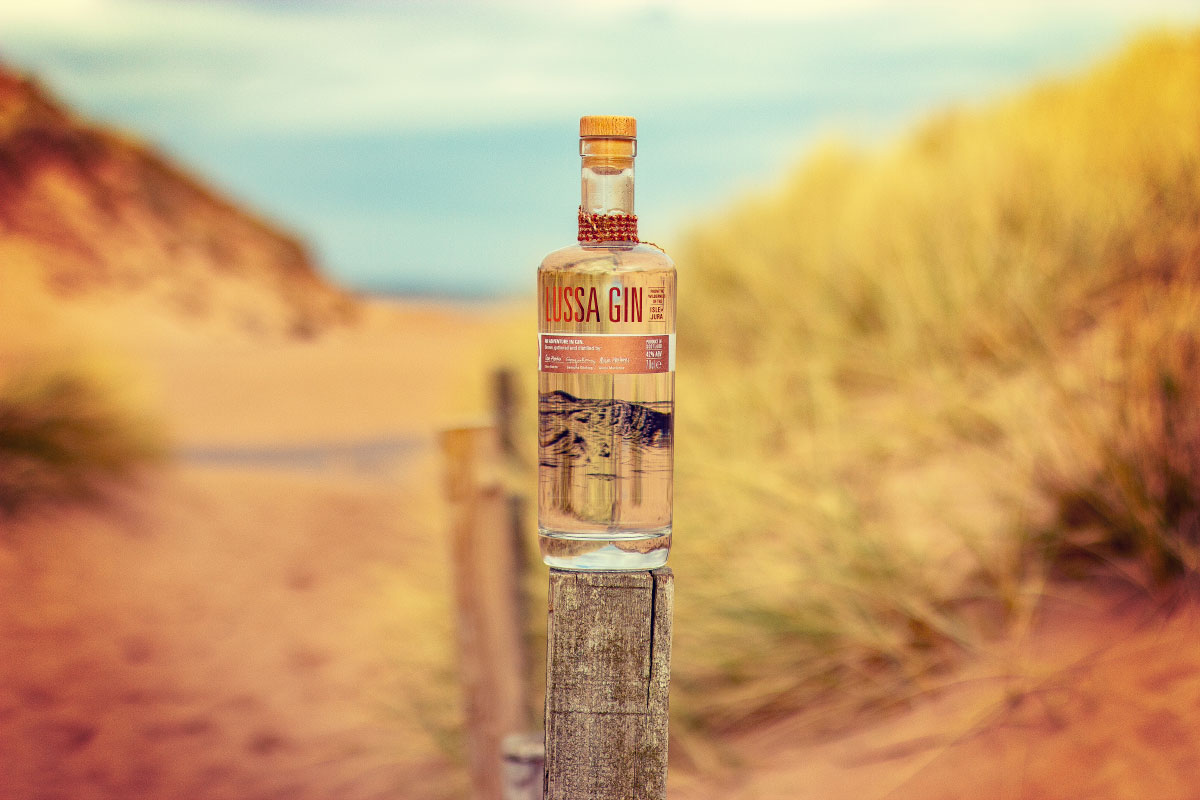
“Lemon thyme is one of the fifteen botanicals that we distill in Lussa Gin and we chanced upon it while researching old recipes – turns out it was a botanical used back in the gin craze of the late 18th century. We need to grow a lot of it and we’re growing it under cover in polytunnels as well as outside and the ever generous community on Jura are lending us their polytunnels to grow it in too. It has a glorious citrus kick and also gives the gin a rounded, herby, aroma. It makes a great garnish for most gins if it’s lightly crushed before dropping it in.”
Claire Fletcher, Lussa Drinks Company
You can learn more about Lussa Drinks Company here.
Brussel Sprouts, Pickering’s Gin Baubles
Loved and loathed in equal measure, the small, round green vegetable is a common sight on Christmas day around the world – the small but mighty Brussel Sprout, a member of the cabbage family. Although said to originate from the Mediterranean and cultivated by the Romans, the humble Brussel Sprout first appeared in Northern Europe during the 5th century before their popularity in the 13th century. It was around this time that Brussel Sprouts were first cultivated as a crop beside what was at the time a market town – Brussels.
As to why they have become so ingrained as part of the British Christmas dinner remains a mystery. Some have said it’s because of their seasonal availability. Others say they only became popular towards the end of the 1800’s around the same time the modern idea of Christmas was born.
Scientists and biologists have also put the little green cabbages through all manner of tests that have thrown up some rather surprising results. A serving of just 80g of Brussel Sprouts contains more vitamin C than an orange. Science has also identified there are over 110 different types of sprouts and surprisingly two thirds of Brussel Sprout consumption happens outside of the festive season. Here in the UK, we eat more Brussel Sprouts than any other country in Europe.
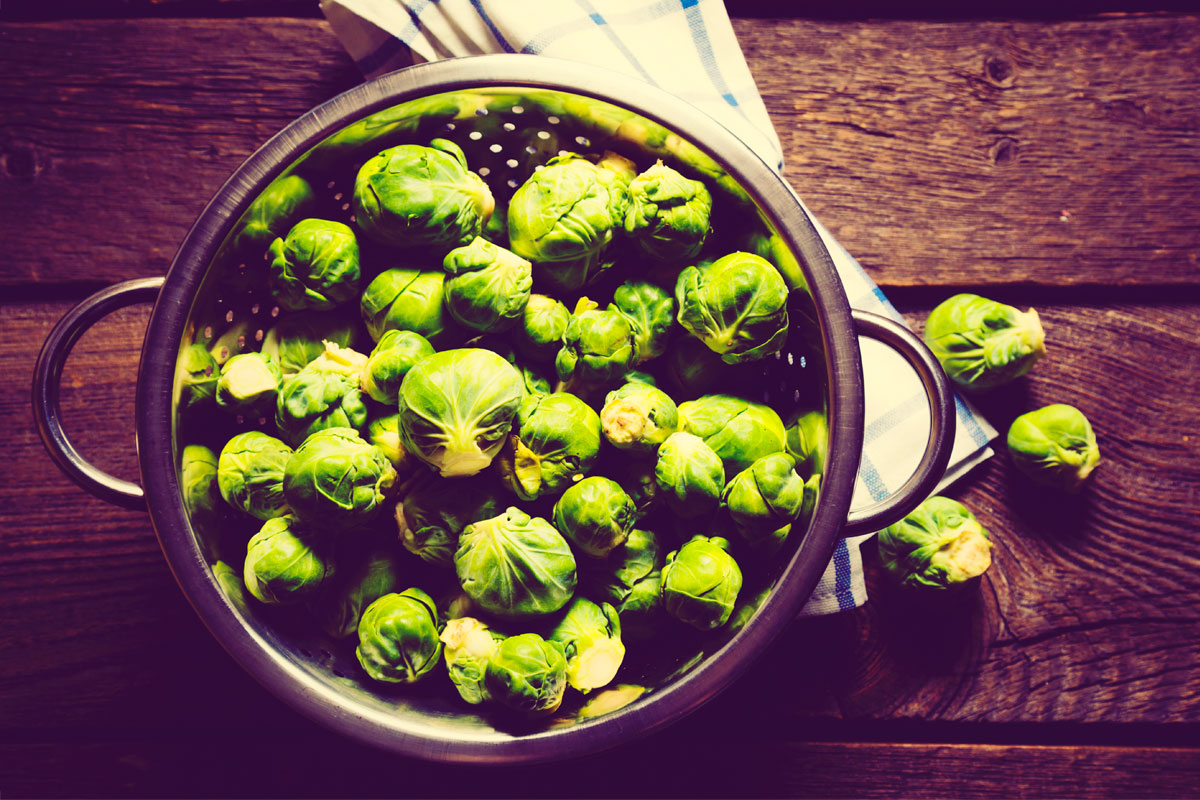
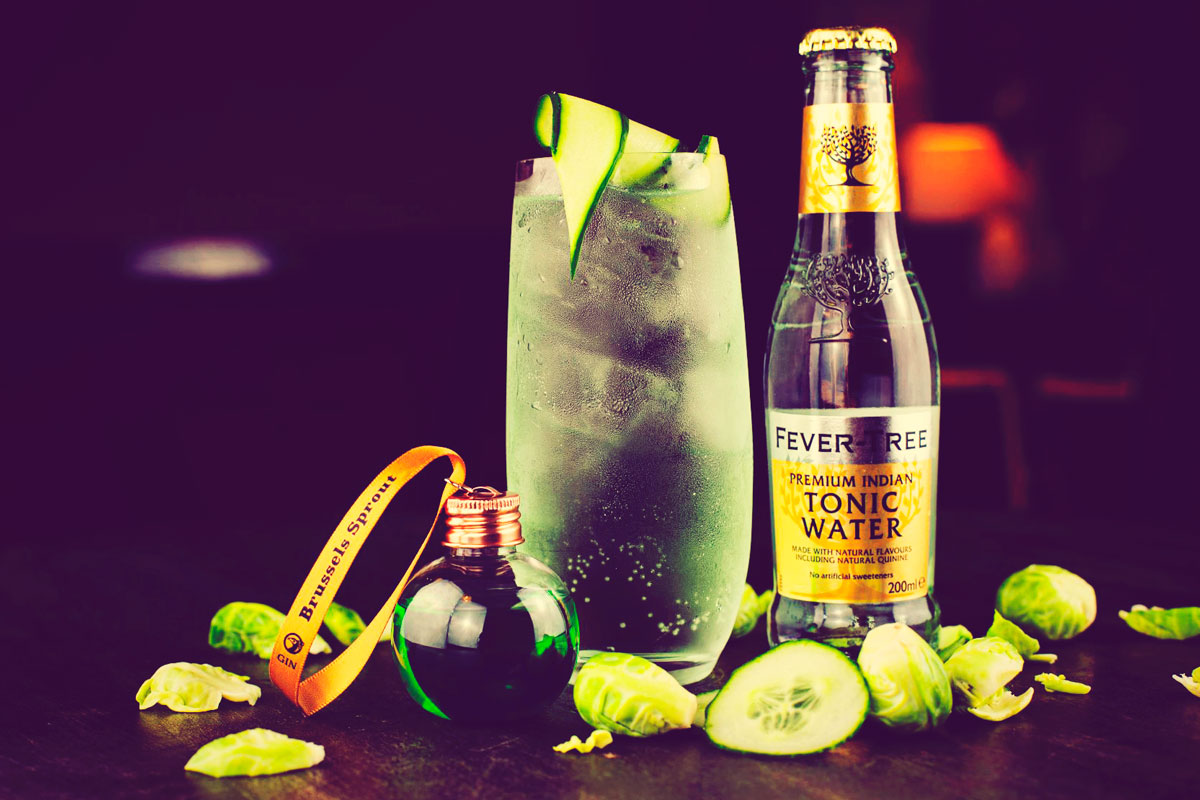
“Our Pickering’s Gin Baubles blew the world away in 2016 and the team wanted to create something new and exciting that could encapsulate Christmas in a bauble! What has been delivered is a collection of six festively flavoured gin baubles including the world’s first, Brussels Sprout Gin!
“Love them or hate them, the humble Brussel Sprout is a staple in every British home on Christmas Day. Is it unexpected? Most definitely! A little bit bonkers? Absolutely! Surprisingly delicious? It sure is!
“The distilling team found it to be an interesting challenge trying to balance the unmistakable flavour of Brussels Sprout to get the taste just right – the distillery had a very distinct aroma while the gin was being distilled and a shorter distillation was required to ensure the fresh flavour of the sprouts was maintained rather than a stewed cabbage-like note!
“The resulting gin has an unmistakably “sprouty” aroma with a surprisingly sweet, slightly nutty taste. Finishes with a green, herbaceous and peppery twang and serves perfectly with a premium tonic.”
Matt Gammell, Pickering’s Gin
You can learn more about Pickering’s Gin here.
Read Beautiful Botanicals Part 1 here.
Read Beautiful Botanicals Part 2 here.
Read Beautiful Botanicals Part 3 here.
Read Beautiful Botanicals Part 4 here.
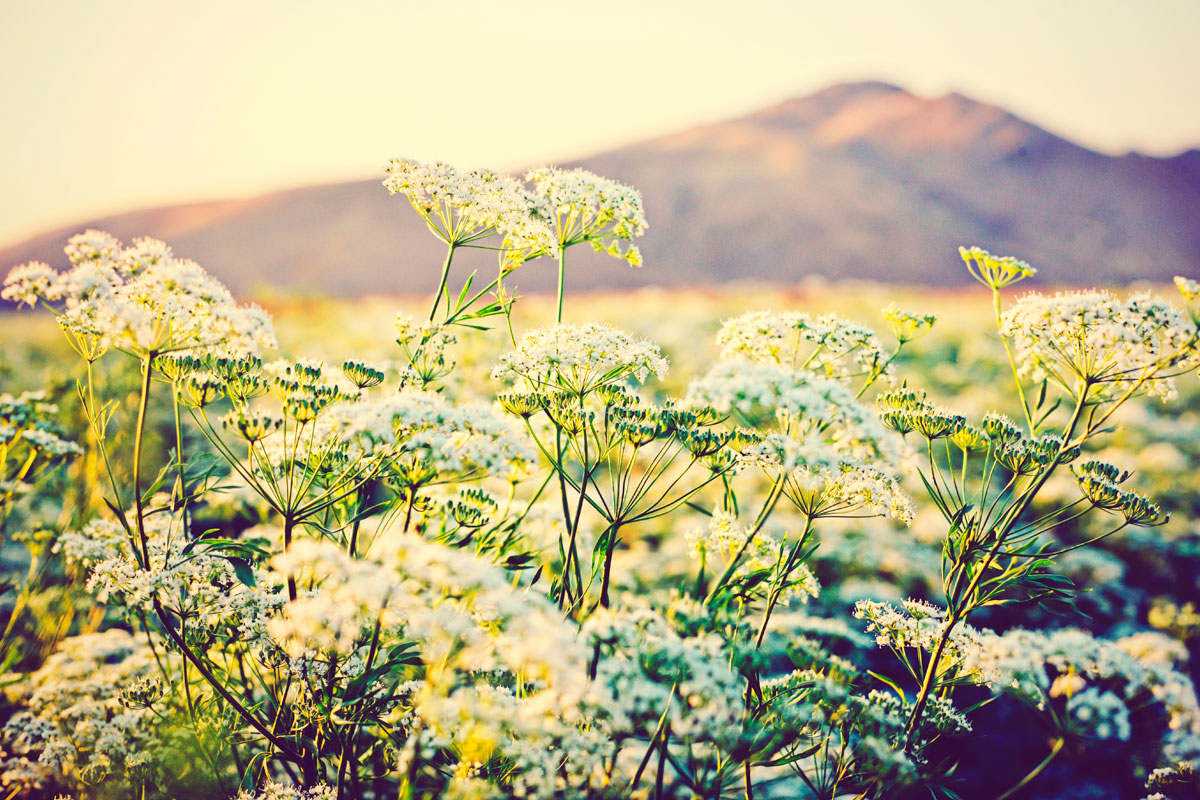
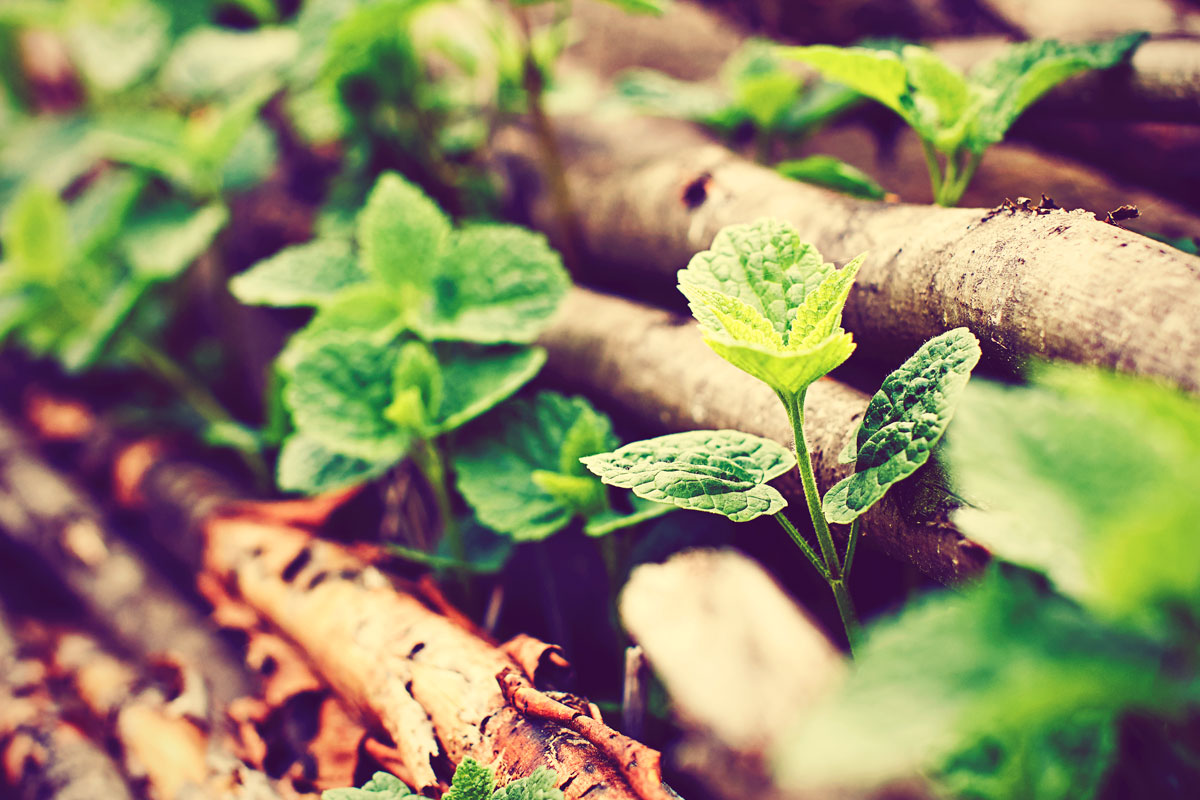
You can learn more about the many great Scottish Gins by visiting the links below.